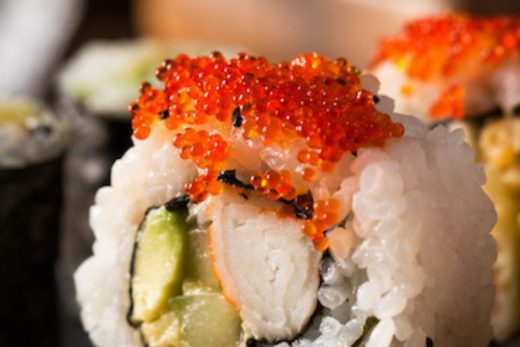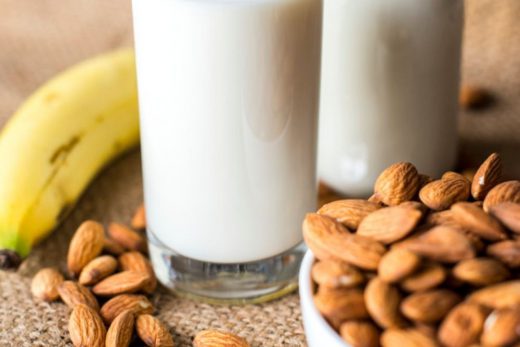Yes, bouillabaisse is French, and a lot of French people migrated to Louisiana, where they ended up eating gumbo. But the two dishes are made in wholly different ways. Bouillabaisse begins with a rich broth to which an array of bone-on fish and shellfish are gradually added. The finished stew is served over or under slices of bread topped with rouille, a sort of saffron-laced mayonnaise. Even back in the 19th century, almost every commentary on bouillabaisse notes that the key to the dish is the variety of fin-fish used to make it, and that simmering that fish is vital to add complexity to the broth.
Of all the variations on gumbo out there, none of them start with broth in a pot, and even today fin-fish are almost never part of the dish. 19th century recipes make clear that okra and tomatoes were the original base ingredients, and the first protein that consistently found its way into the pot was chicken. Only later were shellfish like oysters and shrimp incorporated. It takes a remarkable leap of imagination—or, perhaps, a dull lack of it—to think that gumbo evolved from bouillabaisse.





